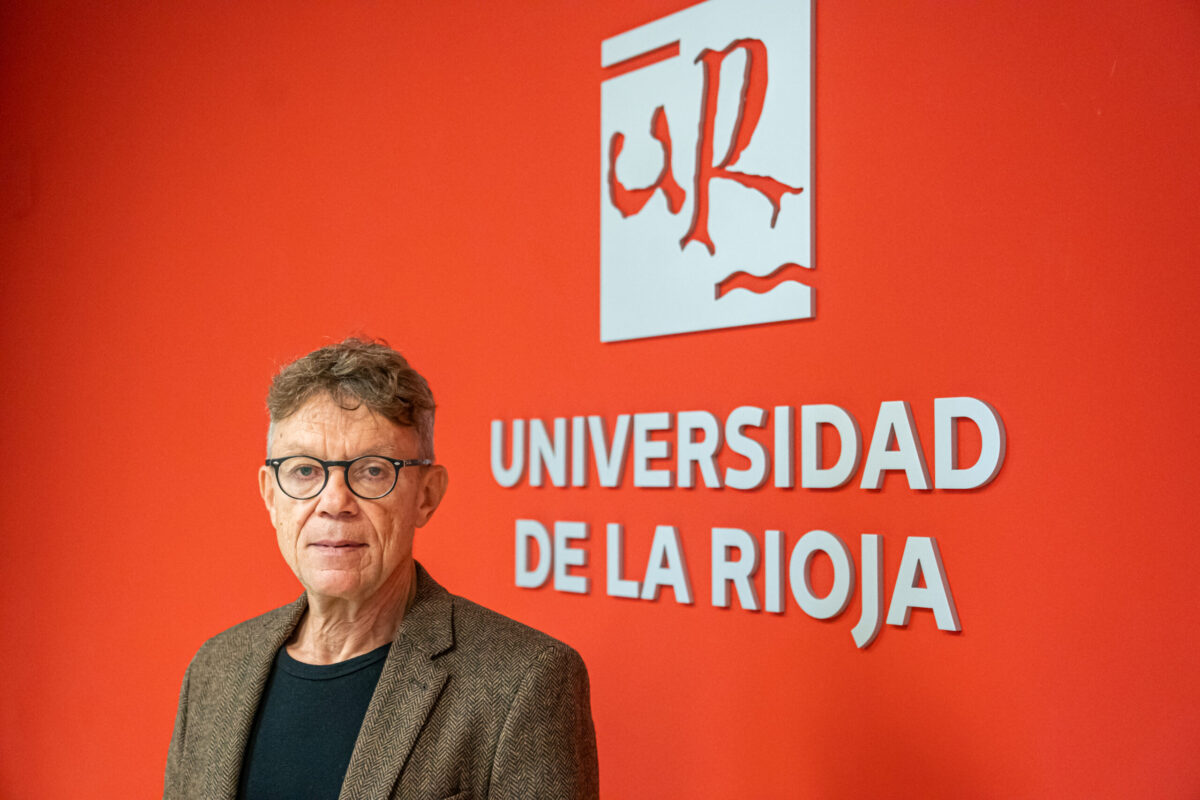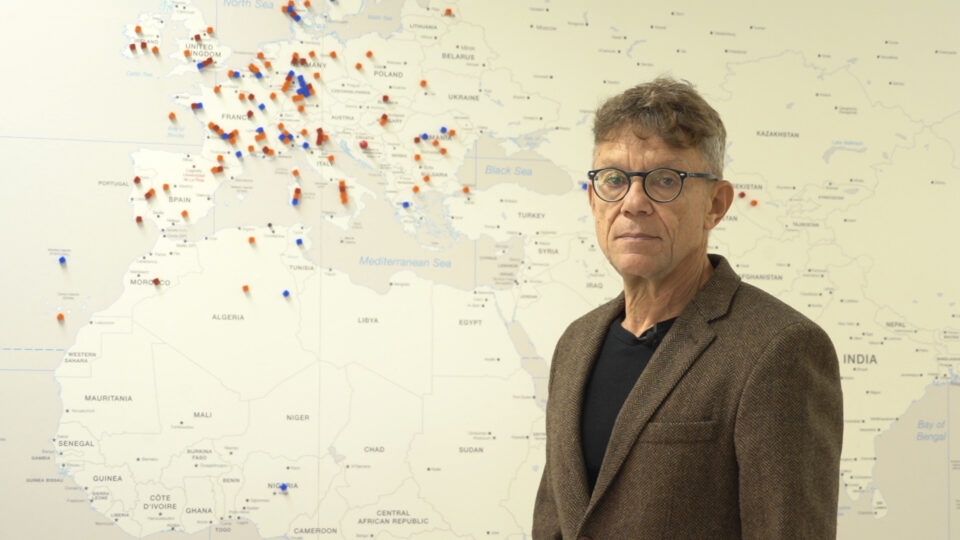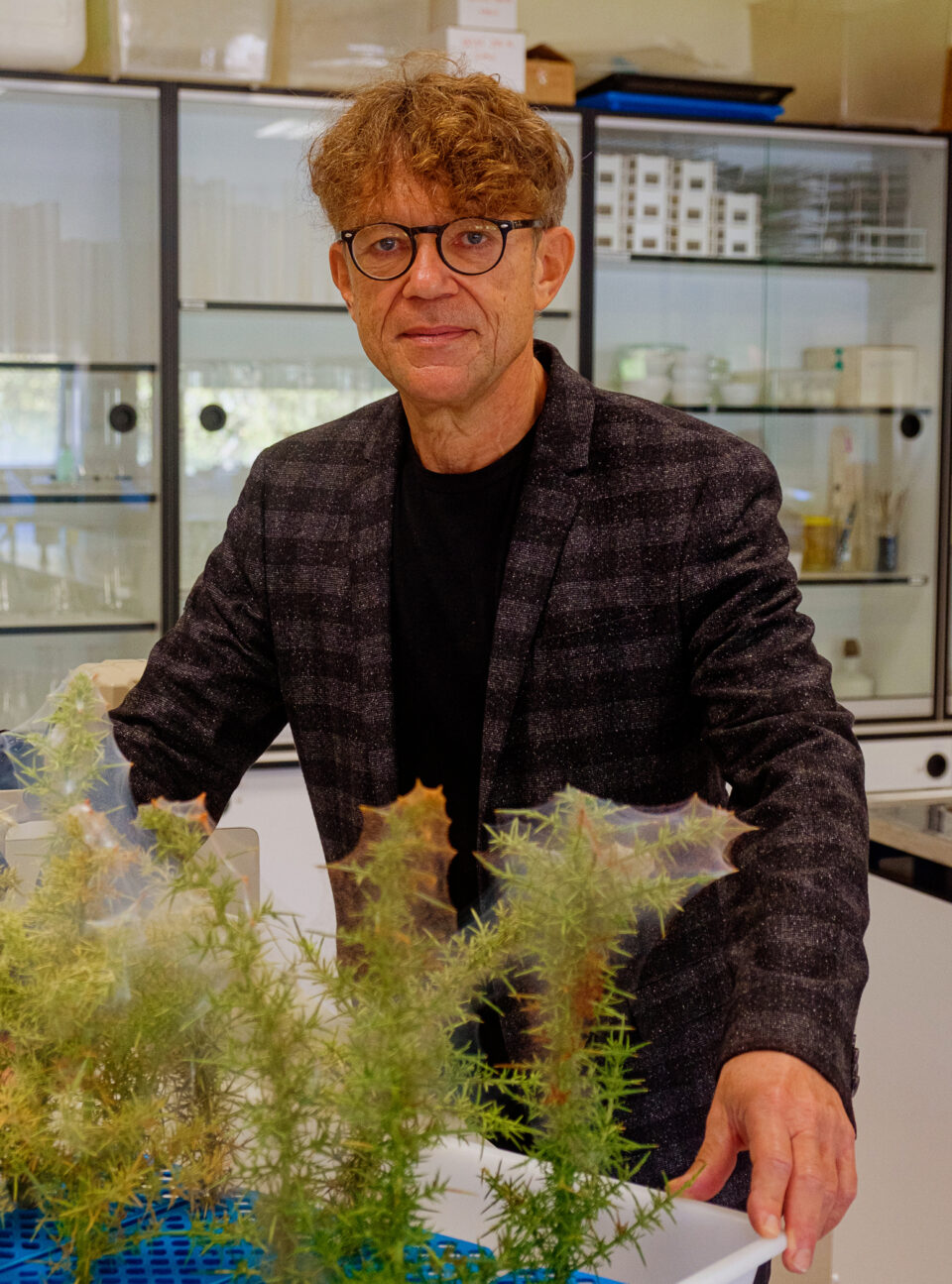A renowned geneticist, Miodrag Grbić, whose sequencing of the first chelicerate genome was published in 2011 by Nature, is challenging with his new research the preconceptions of the origins of the residents of the Balkans and is also helping the wine industries of Serbia and Montenegro understand the potential of their viticulture through genetic research of the grapevine DNA. Both projects are a fruit of collaboration between Spain, Serbia, and the US and open doors to the numerous possibilities of future cooperation between Spanish and Serbian scientists.
 What is the current state of scientific collaboration between Spain and Serbia?
What is the current state of scientific collaboration between Spain and Serbia?
As a visiting professor at the University of La Rioja in Spain, I had the opportunity to develop different projects within Spain, and especially between Serbia and Spain. This is interesting because in Serbia we perceive Spain as a nice, tourist destination, with excellent Ferran Adrià-grade food, etc., however, we are not aware of the scientific capacities of Spain and it is amazing what Spain has, especially in the area of molecular genetics and genomics and these are the projects that I am leading and collaborating on in Spain and Serbia. We are working primarily with two institutions. One is the University of La Rioja and the Institute for Grapevine Research in La Rioja led by Dr. Jose Miguel Martinez Zapater, which is one of the leading European institutions in grapevine genetics and genomics, and we are also collaborating with Dr. Carles Lalueza Fox, CSIC (Consejo Superior de Investigaciones Cientificas) on the area of ancient DNA where we are exploring the history of Balkans using ancient DNA.
One of these collaborations resulted in groundbreaking findings related to the DNA of the residents of the Balkans. How did that research come to be?
The Balkan Peninsula was the birthplace of 26 Roman emperors. 18 of them were born on what today is Serbian territory, and now that we know that in our DNA, we have 50% of the Ancient Balkan population genome, and roughly 50%, on average, of the Slavic genome, our history is moving further in the past then what the official accounts have been teaching us. Our recent research done between the CSIC, Museum of Natural Sciences of Barcelona led by Dr. Lalueza Fox, Harvard University with Dr. David Reich, and Archeological Institute in Belgrade including the Roman archeological site of Viminacium, that was recently published in Cell, attracted international media attention. This research for the first time shows, based on ancient DNA, the continuity of population in the Balkans, ranging from the Bronze Age, Iron Age, Roman time, Slavic migrations, medieval time, and modern population. In the past, our genetic ancestors and this territory represented the stronghold of the Roman Empire, with Sirmium as an Emporial city and our forefathers were Roman emperors.
There are no genetic reasons for nationalism
And who were these Ancient Balkan people?
This is an interesting question and one which is difficult to answer because they did not have a written language. Romans came here in the 1st century and incorporated the local population into their service and army. So, in the ensuing centuries, there was a transition of power in Rome, where in this late period, prominent military officers and generals became emperors, and this Balkan population was protecting the borders of the Roman Empire. Besides the “Italian” Emperors, this is the largest group of Emperors coming from non-Roman nations, showing the importance of this population and territory to the Roman Empire. The first individual with Slavic DNA dates back to the 2nd century. So this was not a barren land or a replacement of population as portrayed in some written documents, but a mixture between the ancient population and the Slavs who came from the north-west, from the territory now a part of Poland and Ukraine. Do you expect this research to alternate social relations in the Balkan Peninsula?
Do you expect this research to alternate social relations in the Balkan Peninsula?
This scientific data shows, in a very direct way, our shared genetic history, so it incites unity rather than separation. People who were involved in the so far rhetoric going along the lines of how their group was more special than others, were not scientists, and this current data was not available. There are no genetic reasons whatsoever for any kind of nationalism or chauvinism because genetically, we are all the same. We are some kind of a concoction between the Ancient Balkan population, and also a population that, during Roman times migrated from Anatolia. We can still find their DNA in our modern DNA. And then we have a layer of Slavic migrants. These pure races do not exist. Here on the Balkan territory, we are this nice creative mixture of these different groups, and we should enjoy that, like having a good “coupage” that has the potential to make an excellent vine.
This project can boost archaeotourism in Serbia
How did you come up with the idea for the project?
When I was invited by the Faculty of Biology in Belgrade to become a visiting professor, I proposed that we should use modern genomic techniques to study our history. There is great genetic diversity in Serbia, and this is one of Serbia’s comparative advantages, given that in this territory there are several key ancient cultures that are cornerstones of European culture and technological development. They range from Lepenski Vir, where one of the first agricultural communities was established in Europe, Starčevo, where the first bread was baked in Europe, to Vinča where we have early metallurgy. In Barcelona, we are currently sequencing the genome from Lepenski Vir, because this was a point of meeting between the hunter-gatherers and the first agriculturalists who were coming from Anatolia. The two met in the Danube valley at Lepenski Vir and they lived next to each other for 2,000 years without signs of violence and we could see that they mixed. We have one individual who is 50% hunter-gatherer and 50% first agriculturalist. Now, we are going to see what they have in their genomes, for, as we know, the agriculturalists lived close and together with animals. Since we sequenced the human genome, our user manual, so to say, we have started to understand how we function. Having this reference in the human genome, we can look at the DNA of hunter-gatherers who were omnivores, eating a very diverse diet, being physically fit, and compare it to the DNA of the first agriculturalists who started reducing the number of ingredients that they were eating. This could be associated with changes in their biology and also give us clues into how the change of diet based on processed food can affect modern human society.
Apart from the aspect of social sciences and genetics, are there other aspects for which its findings could be used?
This project can boost archeotourism in Serbia because we have so many archeological sites that have not yet been properly studied. For example, only 5% of Vinča is excavated, and we should do more regarding these important cultures that were present on the territory of modern Serbia. The infrastructure we currently have is well below the level of the significance of Vinča for the history of Europe and the world.
Serbia has an opportunity to become a producer of high-quality wines
We will now go to another project of yours, which also has a Spanish imprint – investigating the genetics of grapevine in Serbia. Who started the project, what is the objective, and does the research have anything to do with the fact that Serbia, as a wine-producing country, is now coming to the fore most strongly?
The focus has been on determining the genetic diversity of grapevines in Serbia. The starting point was our collaboration in previous years with the Institute of Grapevine Research from La Rioja and researchers in Montenegro. Over there, we did extensive sampling over 5 or 6 years, and we came up with a complete genetic map and genetic relation between Montenegrin grapevines. Then, a suggestion came from some scientists in Serbia to do something similar here. In Serbia, currently, there is no genetic knowledge in terms of the genetic diversity of Serbian grapevines. Why is this important? First, we are now entering a global change of climate, and we are running into huge problems in grapevine production. So we have to figure out and catalogue, if you will, our grapevines, and then select those best equipped to combat this climate change. One variety we now know is an autochthonous Serbian variety is Prokupac. In the past, it was not considered to be very good, but it is thriving under new climate conditions. In these conditions, Serbia has an opportunity to become a producer of some high-quality wines. The potential is there, we just have to explore it by applying cutting-edge science, as it was done in Spain.